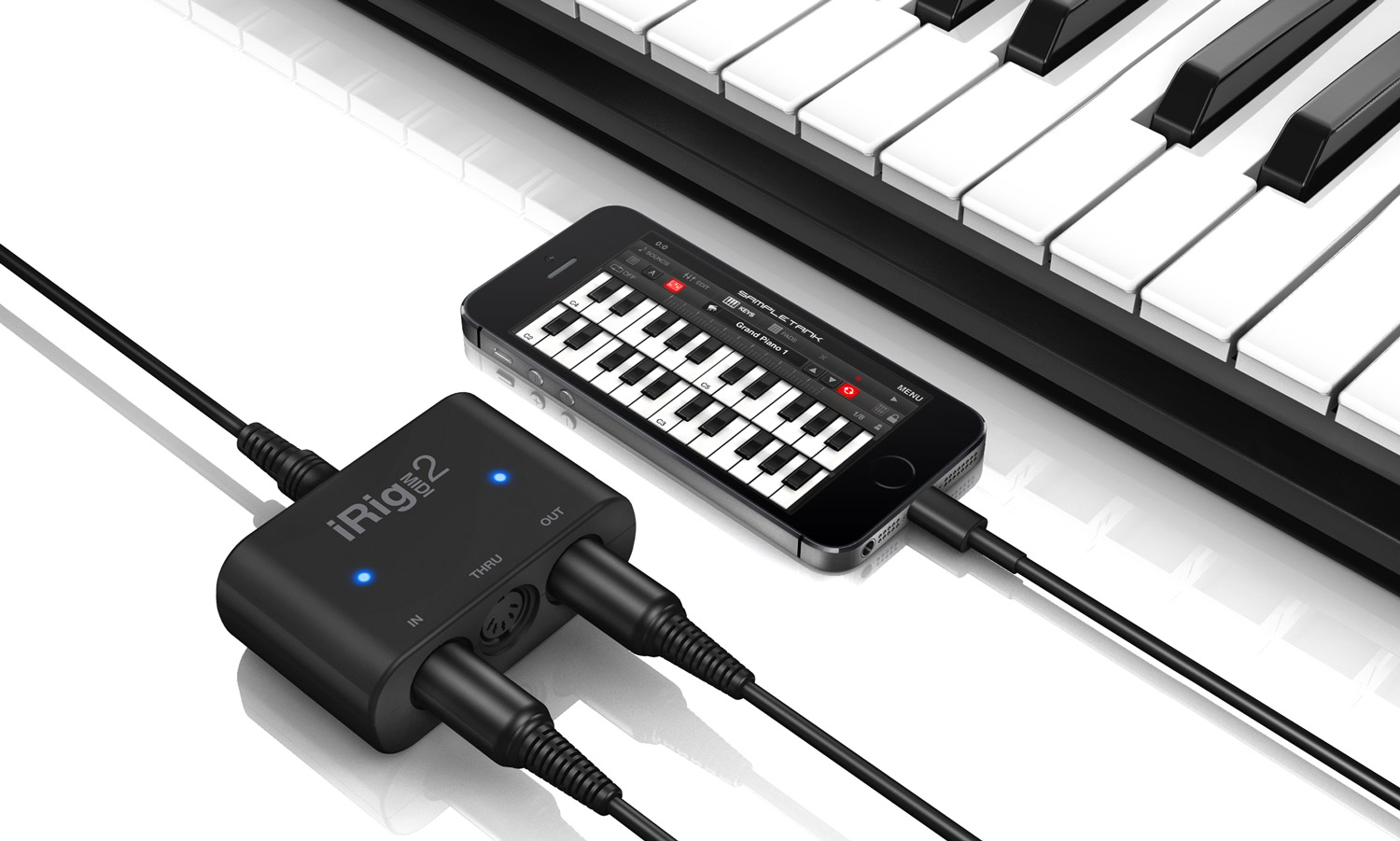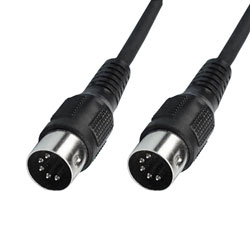
Summary of returns policies and timescales When returning an order please ensure products are appropriately packaged and protected, to prevent them from getting damaged.
#Midi cable free#
In the unlikely event that any item in this order is faulty, damaged or incorrect on receipt, notify us within 14 days and we'll arrange a free collection. The collection fee can be found in the returns information on each product's page on. We can collect your return for a small fee, or you can send it back to us yourself. Please keep hold of all the original packaging until you're sure you want to keep the order. If you decide your order isn't suitable for any reason you can return it - just let us know within 50 days of receiving it.
#Midi cable full#
Some items are only eligible for the money-back guarantee if they are returned to us unused and sealed in the original packaging.įor full information on our returns policy, please refer to our returns and refunds information page. We're unable to accept returns of any custom-made items designed to work together as a unique package. If the fault occurs within the first 180 days of your ownership, we'll collect the goods and deliver them back to you free of charge. If your goods develop a fault within the warranty period, we'll quickly repair or replace the item for you. If your order arrives damaged, or is incorrect, let us know within 14 days of receiving it and we'll arrange for a free collection. We do everything we can to make sure the right item reaches you in perfect condition. If you decide it's not suitable, you can return it to us for an exchange or a refund, providing the product is in 'as new' condition and in its original packaging. Once the product is delivered, you'll have 50 days to decide that you definitely want to keep it. All of our products are new unless stated and come with a 50-day money-back guarantee and a 3-year warranty as standard. Modern synthesizers typically include hundreds or even thousands of other instruments that can be selected, most of which provide more authentic sound than the General MIDI options.You can purchase from Gear4music with complete confidence and peace of mind. For example, GM instrument #1 is always an acoustic piano, #20 is a church organ, and #61 is a french horn. However, the ID for a GM instrument is the same across devices. The sound of each General MIDI instruments may vary between different computers and keyboards because the samples used for the instruments may be different.
#Midi cable software#
The MIDI standard defines 128 "General MIDI" (or GM) instruments, which are available on most computers as software instruments.

These modern interfaces provide more bandwidth than traditional MIDI ports, allowing more tracks with more data to be transmitted at once.

Now most MIDI devices have standard computer interfaces, such as USB or Thunderbolt ports. Originally, MIDI connections used MIDI cables, which connected to a 5-pin MIDI port on each device. For example, a MIDI track recorded as a song for piano can be played back with a guitar sound by simply changing the output instrument - though it might not sound very realistic. The actual sound is played back using samples (individual recordings) from real instruments. Many programs can convert MIDI data to a musical score as well.Ī MIDI recording simply contains instrument information and the notes played. MIDI data is often displayed in a digital format, with lines representing each note played. Most DAW software supports MIDI editing, allowing you to adjust the timing and velocity of individual notes, change their pitch, delete notes, or add new ones. The MIDI data can be played back by sending the recorded MIDI notes to the keyboard, which outputs them as audio samples, such as a piano or strings. When a synthesizer is hooked up to a computer via a MIDI connection, the notes played can be recorded by DAW software in MIDI format. Other data that may be sent over a MIDI connection includes the instrument ID, sustain pedal timings, and controller information, such as pitch bend and vibrato. If multiple notes are played at once, the MIDI data is transmitted for all the notes simultaneously. For example, pressing a single key on a synthesizer transmits the note played, the velocity (how hard the note is pressed), and how long the note is held.

MIDI data includes several types of information. However, MIDI is supported by several other instruments, such as electronic drums, beat boxes, and even digital stringed instruments like guitars and violins. It is primarily used by computers, synthesizers, and electronic keyboards. Stands for "Musical Instrument Digital Interface." MIDI is a connectivity standard for transferring digital instrument data.


 0 kommentar(er)
0 kommentar(er)
